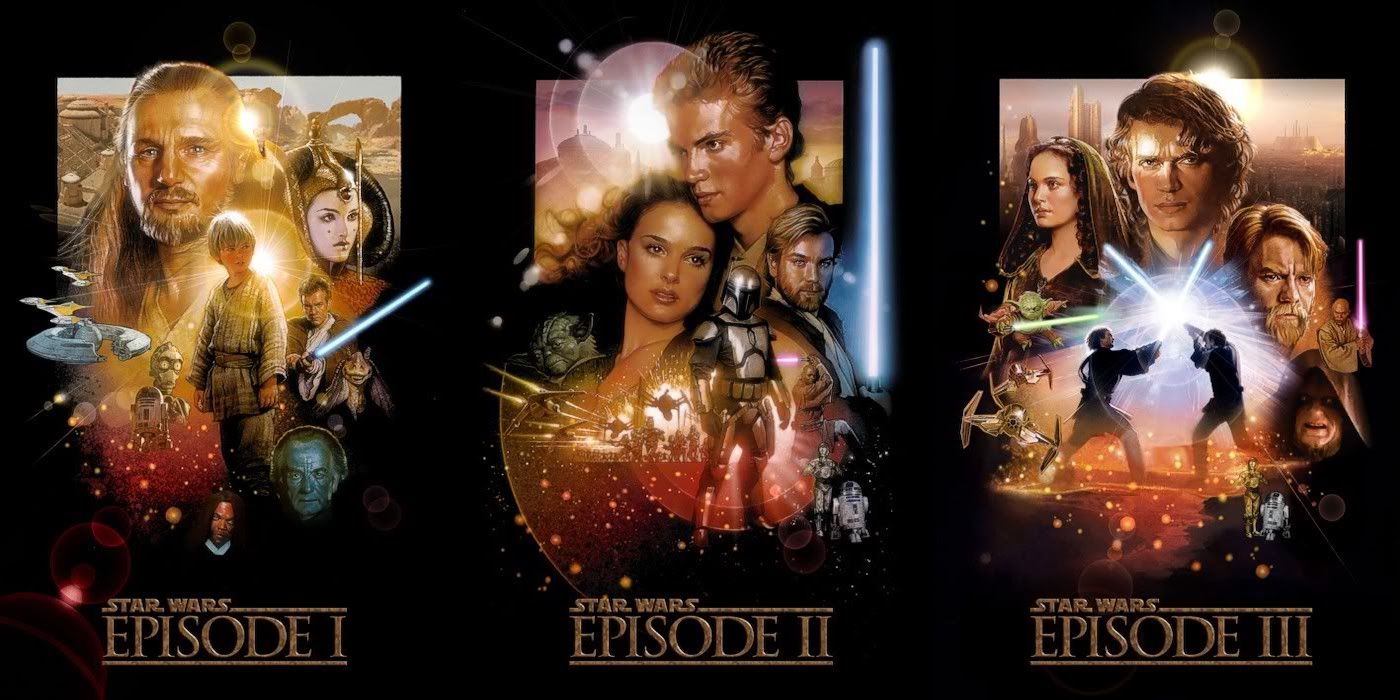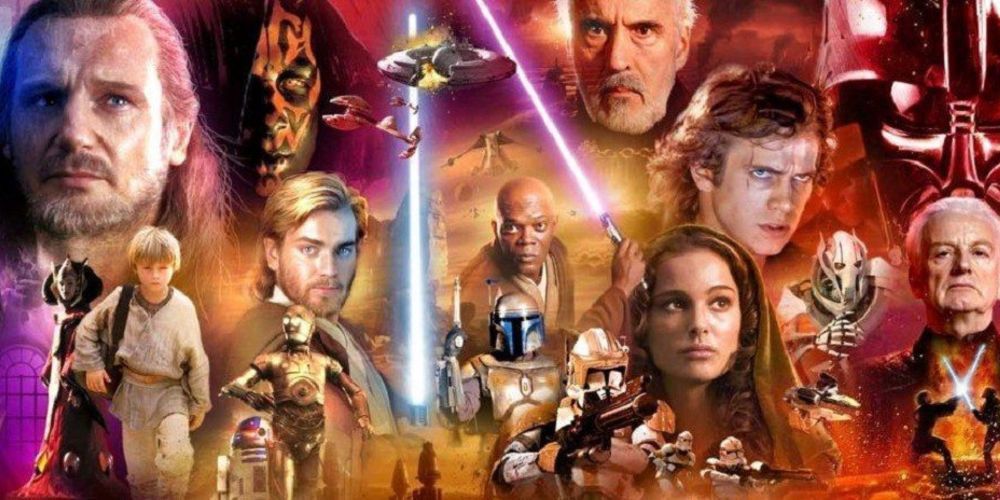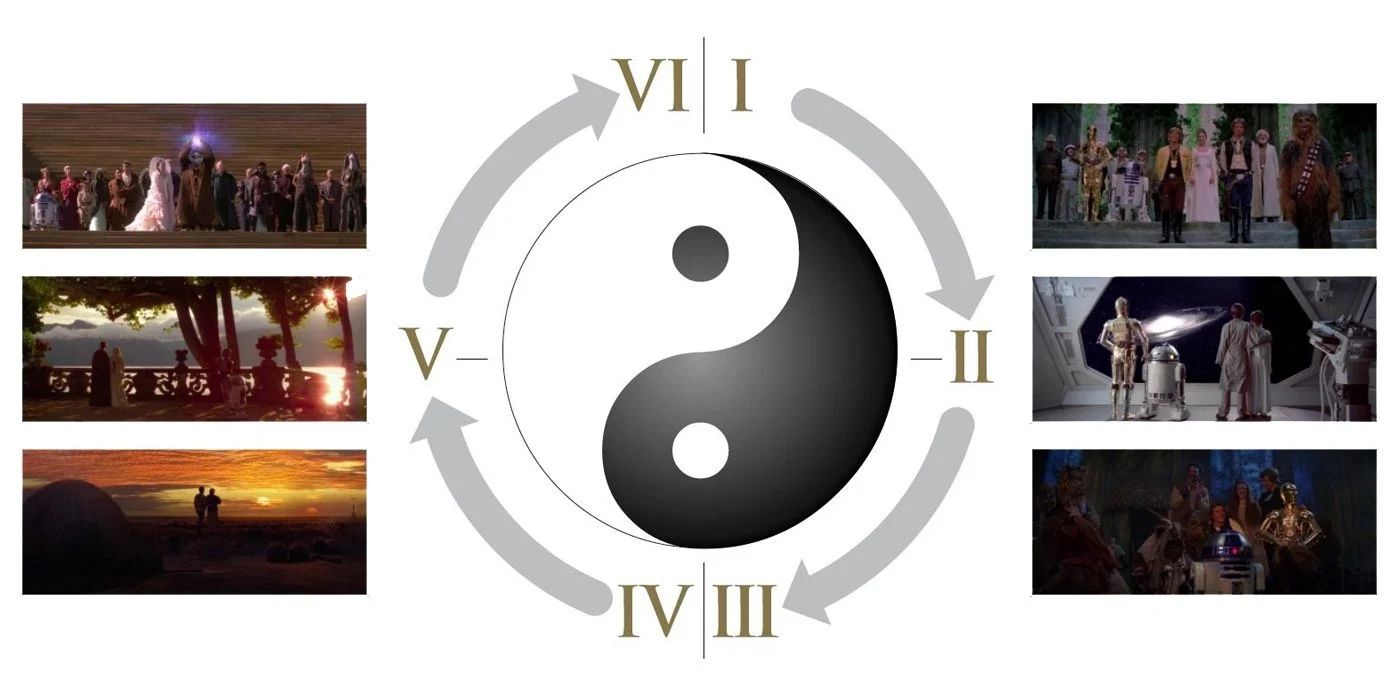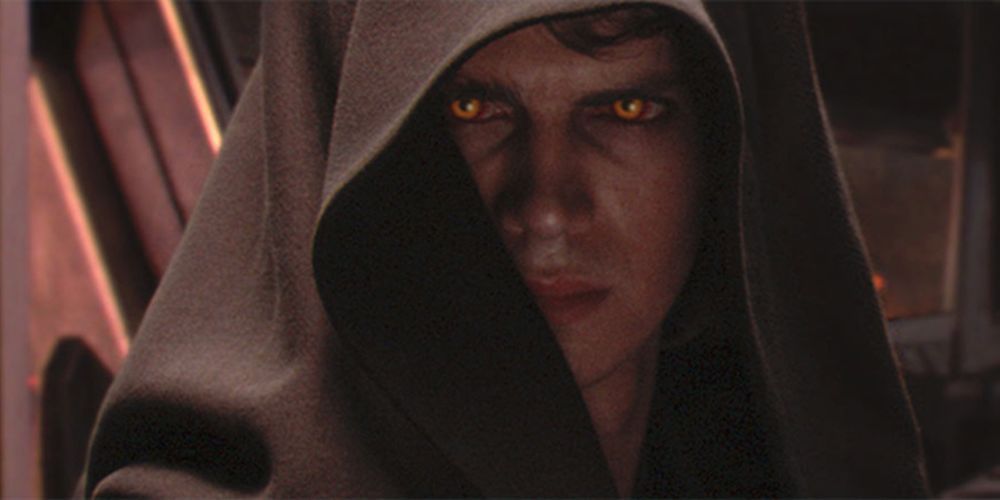The Star Wars franchise has been taking fans to a galaxy far, far away since 1977. The original Star Wars trilogy concluded in 1983, but George Lucas had so much more planned for his characters and the galaxy they inhabited. His audience didn't realize it at the time, but the trilogy they'd just watched was actually the end of Lucas's masterpiece.
Lucas announced his intention to create a prequel trilogy in 1992. He claimed to have had it planned out since before the original Star Wars. The prequels weren't just a return to the Star Wars galaxy. For Lucas, they were also a return to the director's chair, a place he hadn't been since 1977. Few movies have been met with as much anticipation as 1999's The Phantom Menace.
The grand return of Star Wars to theaters is one of the most memorable disappointments in all of pop culture. The Phantom Menace was criticized as a boring mess of a film. Huge swaths of dialogue revolved around impenetrable political and economic discussions. At other moments, the movie made poop jokes. One fantastic fight scene closed out an otherwise forgettable entry to the galaxy's mythos. Lucas was just getting started.
Attack of the Clones fared better critically than The Phantom Menace, though one wonders if that's just because fewer people showed up for it. The prequel trilogy's second entry features even more nonsensical politics and some of the most cringe-worthy dialogue put to film. The trilogy's finale, Revenge of the Sith, is a passable Star Wars film. On the whole, the prequel trilogy failed spectacularly.
Or did it? Mike Klimo proposes new way of viewing the prequel trilogy, called "ring theory." The theory claims that Lucas used an ancient literary technique known as "ring composition" to construct not just the prequels, but all six of the pre-Disney Star Wars films. The lens of ring theory reveals just how much thought Lucas put into every second of his movies. It also retroactively improves the prequel mess.
What Is Ring Composition?
Understanding how ring theory re-contextualizes the Star Wars prequels starts with understanding ring composition. Don't panic, this won't turn into too much of a literary theory lecture from a college English course. Ring composition is a literary structure that's seen most often in ancient texts, like the epic poems of Homer and even stories from the Bible. Ring composition is a way of writing stories where the ending connects to the beginning. The story as a whole is told through repetitions and echoes.
If that's too confusing, look at ring composition on a smaller scale. John F. Kennedy's famous line, "Ask not what your country can do for you, ask what you can do for your country," is ring theory within a single sentence (a figure of speech called a "chiasmus"). The beginning of the sentence and the end of the sentence reflect each other.
On a larger scale, ring composition creates a circular relationship between the elements of a story. The narrative has a beginning, progresses to a massive climax at its midpoint, and then repeats events in reverse order to reach the ending. In Star Wars, the fall of the Republic is the midpoint climax, and from there the original trilogy works backward until the Empire is undone.
How Does It Impact Star Wars
Deep analysis of the prequels shows countless signs of ring composition. The Phantom Menace and Return of the Jedi echo each other thematically and visually in countless places. Most notable is their endings, which each feature ground, air, and saber battles as well as an ominous pit in the floor. The beginning of the story and the ending reflect each other and connect.
Similar echoes can be found between Attack of the Clones and The Empire Strikes Back. Clones begins with Anakin using Padme as bait to catch a bounty hunter and ends with the Republic launching an attack on the Separatists. At the beginning of The Empire Strike Back the Empire launches an attack on the Rebels. The film ends with Vader using Luke's friends as bait to draw him into a fight.
Ring theory shows that the echoes affect not just the plot, but also lines of dialogue, joke structures, and even shot composition. George Lucas has never publicly stated that he used ring composition to create Star Wars, but all of its techniques are on display throughout the films.
Does Ring Theory Redeem the Prequels?
The big question remains. Ring theory proves that George Lucas told the truth when he said he'd been planning the prequels for decades. It reveals similarities and echoes between all the films. It also shows that the prequels have their rightful place in the Star Wars canon. The theory gives some justification for Lucas's tight reigns on the trilogy. Clearly, no other director could have incorporated the level of detail Lucas did in the films.
What ring theory doesn't do is make the prequels more enjoyable to watch. Phantom Menace is still goofy and only half-enjoyable. Attack of the Clones is still the worst movie in Star Wars. Despite its place as the dramatic midpoint, Revenge of the Sith remains a somewhat hollow conclusion to a trilogy. Ring theory proves that George Lucas knew exactly what he was doing with the prequels. He just should have been doing something else.




